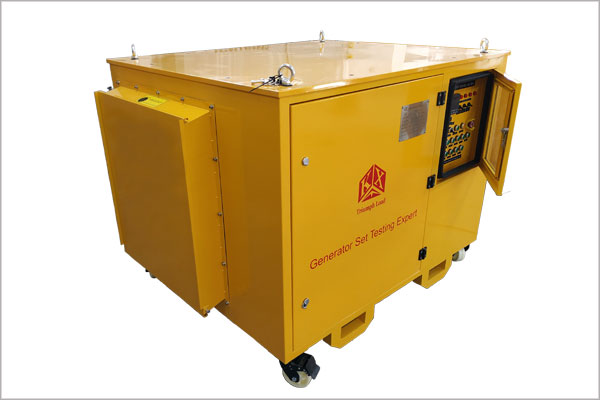Test of rated on-off capability of programmable DC power sup
Programmable DC power supply has the advantages of low voltage and large current, not only in the range of 0-10V, the maximum current up to 50kA, instantaneous current rise time is less than 5ms, less than 2ms, less than 1ms optional, very suitable for a variety of low voltage electrical testing requirements. Not only that, AC constant current source or low-voltage appliances commonly used test power supply, voltage is 20V/10V/5V constant voltage, output capacity optional 300VA-30KVA or 1kVA-300kVA.

500kW load bank
We will look in detail at the rated on-off and off-off capability tests, where programmable DC power can be used.
Tests to verify that switchgear has specified on-off and off-off capabilities under specified service conditions. During the test, the resistor and reactor are connected to the load terminal of the switch under test to simulate the actual load (such as the motor load).
Short-circuit connecting and breaking ability test is a test to verify the connecting and breaking ability of low-voltage electrical apparatus under the condition of load short-circuit.
Measure the voltage drop at both ends of the measured part after the contact or conductive loop passes the programmable DC supply current. The purpose of measurement is to evaluate the resistance values at both ends of the measured part. The resistance values indirectly judge the assembly quality and heating temperature rise of the appliance. For example, for the contacts of small relays, thermocouples are generally not used to measure the temperature of the contacts, but to measure the voltage drop at both ends of the contacts.
Measure the voltage drop at both ends of the part under test after the contact or conductive loop is connected to the programmable DC power supply. The purpose of measurement is to evaluate the resistance values at both ends of the measured part. The resistance values indirectly judge the assembly quality and heating temperature rise of the appliance. For example, for the contacts of small relays, thermocouples are generally not used to measure the temperature of the contacts, but to measure the voltage drop at both ends of the contacts.
